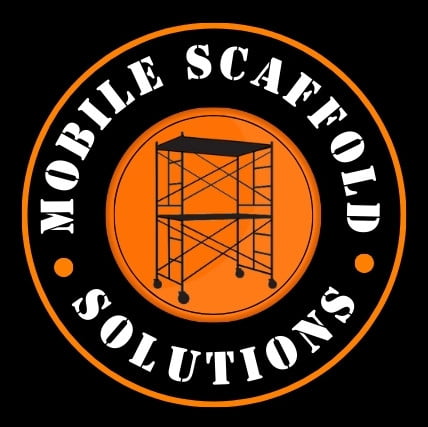SCAFFOLDING SAFETY
In Australia, scaffold safety is governed by strict regulations and guidelines to ensure the safety of workers and the public. These regulations are primarily outlined by Safe Work Australia and are enforced by state and territory regulators. Here's an overview of the general procedure for scaffold safety in Australia.
1. Compliance with Standards and Legislation
- The Occupational Safety and Health Regulation requires scaffolding to meet the following Australian Standards:
AS/NZS 1576.1 - General requirements
AS/NZS 1576.2 - Couplers and accessories
AS/NZS 1576.3 - Prefabricated and tube-and-coupler scaffolding
AS/NZS 1576.4 - Suspended scaffolding
AS/NZS 1576.5 - Prefabricated Splithead and trestles
AS/NZS 1576.6 - Metal tube-and-coupler scaffolding – deemed to comply with AS/NZ 1576.3
AS 1577:1993 - Scaffold planks
AS/NZS 4576:2020 - Guidelines for scaffolding
2. Risk Assessment
- Identify Hazards: Identify potential hazards associated with scaffolding work, including falls from height, scaffold collapse, and objects falling from scaffolding.
- Risk Assessment: Assess the risks associated with these hazards.
- Control Measures: Implement control measures to eliminate or minimize risks, following the hierarchy of control.
3. Scaffold Design and Construction
- Qualified Personnel: Scaffolds should be designed, constructed, and altered only by competent persons.
- Load Capacity: Ensure the scaffold can support its intended load.
- Stability: Check for stability and structural integrity.
- Safe Access: Provide safe access to and from the scaffold.
4. Inspection and Maintenance
- Regular Inspections: Scaffolds should be inspected regularly by a competent person, especially after alteration, damage, or severe weather.
- Tagging System: Implement a scaffold tagging system to indicate the status of the scaffold (e.g., Green for safe, Red for unsafe).
- Maintenance: Conduct regular maintenance and repairs as needed.
5. Training and Supervision
- Training: Workers should be trained in scaffold safety, including how to erect, alter, and dismantle scaffolds safely.
- Supervision: Adequate supervision should be provided, especially for high-risk scaffolding work.
6. Documentation
- Safe Work Method Statements (SWMS): Required for high-risk construction work, including certain types of scaffolding work.
- Records: Keep records of inspections, maintenance, and training.
7. Emergency Planning
- Emergency Procedures: Have procedures in place for responding to scaffold-related emergencies.
8. Public Safety
- Protection for Public: Implement measures to ensure the safety of the public, including overhead protection and barricading if necessary.
AT MOBILE SCAFFOLD SOLUTIONS SCAFFOLDING SAFETY IS A BIG DEAL
That’s why Mobile Scaffold Solutions scaffolds are made by one of the most reputable and trusted scaffold manufacturers in Australia – Oldfields.
Oldfields have been in business for over 100 years. Now that’s serious experience.
But there’s more! Every one of our scaffolds is thoroughly inspected after each hire. And we have our equipment serviced regularly, too. All scaffolds we install are issued with a handover certificate.
Load Ratings
- Mobile scaffolds that have 1200mm(1.2m) frames have a load rating of Medium Duty, which is up to 450kg.
- Mobile scaffolds that are built with a 700mm frame have a Light Load Duty rating, which is up to 225kg.
GET THE RIGHT SCAFFOLD FROM MOBILE SCAFFOLD SOLUTIONS
"Whether you're undertaking home improvements or considering scaffolding rental as a cost-effective solution,
we're here to help you explore the best options available."
